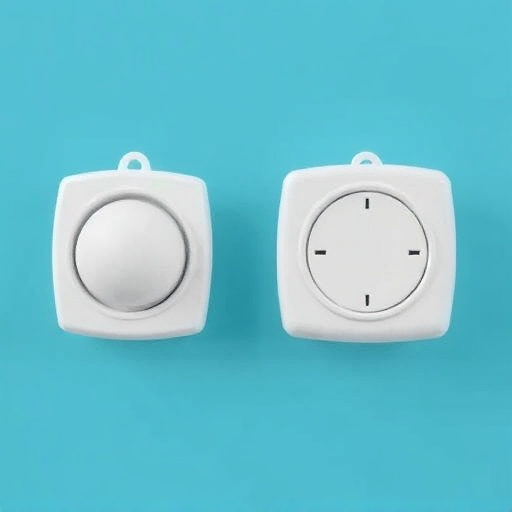Wearable Personal Alarms for Seniors are revolutionizing their safety, offering discreet yet powerful protection tools. These devices, available as necklaces, bracelets, or buttons, allow seniors to quickly signal distress, triggering immediate responses from emergency services or pre-programmed contacts. Modern wearables include GPS tracking, voice activation, and automatic fall detection, addressing unique health and mobility challenges. By integrating technology, these alarms enhance independence and provide peace of mind for seniors living alone, with future prospects including AI for predictive analytics and improved interfaces.
In today’s digital era, ensuring senior safety is paramount. Wearable personal alarms equipped with distress signals offer a revolutionary solution, providing peace of mind for both seniors and their loved ones. This article explores the transformative power of these mobile safety devices, delving into their benefits for seniors and key features that make them indispensable. We also discuss best practices for integration and future prospects, highlighting how technology can foster a safer environment for our aging population.
- Understanding Wearable Personal Alarms: Benefits for Seniors
- Key Features of Effective Mobile Safety Alarms with Distress Signals
- Integrating Technology: Best Practices and Future Prospects for Senior Safety Devices
Understanding Wearable Personal Alarms: Benefits for Seniors
Wearable personal alarms are revolutionizing safety for seniors, offering a discrete yet powerful tool for self-protection. These innovative devices, often in the form of necklaces, bracelets, or buttons, are designed to provide immediate assistance during emergencies. With just a simple press of a button, seniors can send out distress signals to emergency services or pre-programmed contacts, ensuring quick response times. This is particularly beneficial for those who live alone and may face situations where they need help but are unable to reach a phone.
The benefits are numerous; these alarms enhance independence, allowing seniors to stay active and mobile while knowing their safety is prioritized. They offer peace of mind, knowing that help is just a button press away. Moreover, many modern wearable alarms include features like fall detection, automatic GPS tracking, and two-way communication, providing comprehensive support for an aging population often facing unique health and mobility challenges.
Key Features of Effective Mobile Safety Alarms with Distress Signals
In today’s digital era, mobile safety alarms with distress signals have become a game-changer in ensuring senior citizens’ well-being. A Wearable Personal Alarm for Seniors is an innovative solution, offering peace of mind by providing quick access to help during emergencies. These devices are designed with key features that make them indispensable for independent living. They typically include simple and intuitive buttons or sensors to trigger an alarm, allowing users to instantly notify emergency contacts or local response services in case of distress.
Furthermore, advanced models incorporate GPS tracking, enabling real-time location monitoring. This feature is crucial for seniors who frequently venture out, providing immediate assistance to caregivers or family members if they wander off or encounter an accident. Some alarms also support voice activation and automatic fall detection, ensuring help is on the way even if the senior is unable to manually activate the device. These cutting-edge features make mobile safety alarms a versatile and effective tool for maintaining seniors’ independence while prioritizing their security.
Integrating Technology: Best Practices and Future Prospects for Senior Safety Devices
Integrating technology into senior safety devices, such as wearable personal alarms, opens up a world of possibilities for enhancing their well-being and independence. Best practices involve ensuring seamless user experience, robust connectivity, and advanced features like automatic fall detection and GPS tracking. These innovations enable seniors to live more securely in their homes, allowing them to access help promptly when needed.
Looking ahead, future prospects for senior safety technology are promising. The integration of artificial intelligence can improve predictive analytics, enabling devices to anticipate and prevent potential hazards. Additionally, the development of more user-friendly interfaces, longer battery life, and improved privacy measures will further enhance the appeal and effectiveness of wearable personal alarms. These advancements aim to create a safer and more supportive environment for seniors in their daily lives.
Mobile safety alarms equipped with distress signals are transforming senior care, offering a sense of security and independence. By integrating these innovative devices into their daily lives, seniors can access help promptly in emergencies, ensuring peace of mind. As technology advances, further development in wearable personal alarms for seniors will undoubtedly enhance their quality of life and contribute to their safety and well-being.
